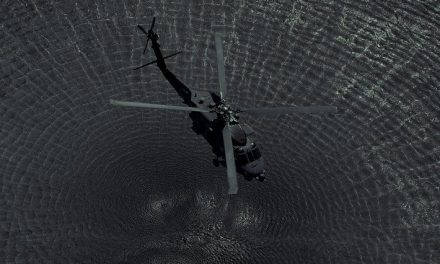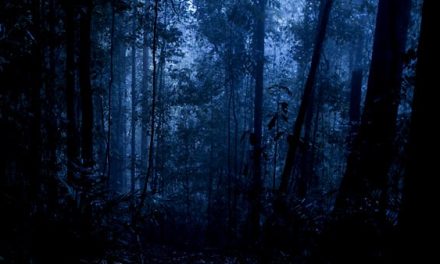Bolivian roads run the gamut from twisting, hard-packed dirt mountain paths to modestly-sized highways. The infrequent opportunities we get to use the latter are a blessing, but occasionally the former provides a tactical advantage that is too good to pass up. In this instance the military transport carrying the high-level cartel informant was going to encounter steep switchbacks on its way into a valley. They would have to slow to a crawl, their backup would be either above or below them, and we could plan a strike from almost any angle.
Knowing they were on the move meant we had to set up in very quick-and-dirty fashion. Gaz and I had worked together enough to know what the default gameplan would be – disable the front car, make some holes in the target’s engine block, disable the rear car, clear out hostiles – but we made sure to clear finer details with one another before the shooting started. The terrain meant we would be separated, and the helicopter would sit out of reach, meaning emergency evac wasn’t an option. Dropping her off near the top of the valley ridge, I landed the chopper near the bottom and began running up the steep, heavily-vegitated mountainside. We were going to meet in the middle and watch some fireworks fly.
There’s one thing I absolutely want to make clear at this point: Gaz is a professional operator. Put her in-country with a target and a rifle and she’ll find a way to get the job done, no matter how distant or hostile. She keeps her personal feelings about politics and the nature of our job to herself, barely even sharing her personal thoughts with me, other than the occasional “I really hate Bolivia,” grunted while she was recovering from surgery. She’s one of the best partners I’ve ever worked with, and I know a job will go smoothly with her on-board. Before I go any further, I want to reinforce that she can be as subtle as a churchmouse when the situation calls for it, and she doesn’t let her emotions get the better of her when it comes to the job.
She may also have something of a flair for the dramatic the likes of which only seem to emerge in demolition techs. She wanted to send a statement, both to the cartel and to the military, that we were not here to be jerked around – if anything else, we would be the ones doing the jerking. That didn’t come out right, but you know what I mean.
I knew the small convoy was approaching not from the sound of diesel engines or all-wheel drive tires gripping the precarious dirt roads, but because an explosion sent one of their vehicles cartwheeling overhead, spinning end over end until its rather unceremonious collision with the valley floor a few hundred yards below. Gaz wanted the army to know we were here for blood.
Really we were here for a single prisoner, but if we could make sure the military would have to think hard about who to form up against – us or the cartel – that delay could save us a lot of headache when the time came. A little “over-zealous” placement of C4 would certainly get the story of our ferocity started. If we let any of them live, which I hoped we would. Ultimately their fates were in their own hands, except for the poor bastards who took the flying leap off the mountain.
Gaz may love her long-range rifles and remotely-detonated explosives, but don’t let that fool you into thinking she can’t handle herself in a stand-up firefight. She had half of them down by the time I finished my climb, letting me focus on making non-lethal shots to the legs and shoulders of the remaining few. We wanted this story told.
The cartel prisoner was pretty banged up, courtesy of his stay at the Hotel de Unidad, and wasn’t the most pleased to see us; he had been in a deep, dark hole during the entirety of our visit to Bolivia, but he knew that American operatives didn’t bail cartel members out of military capture lightly. We marched him down to the chopper and I knew Gaz would take care of the debriefing while I flew us back to base.
















